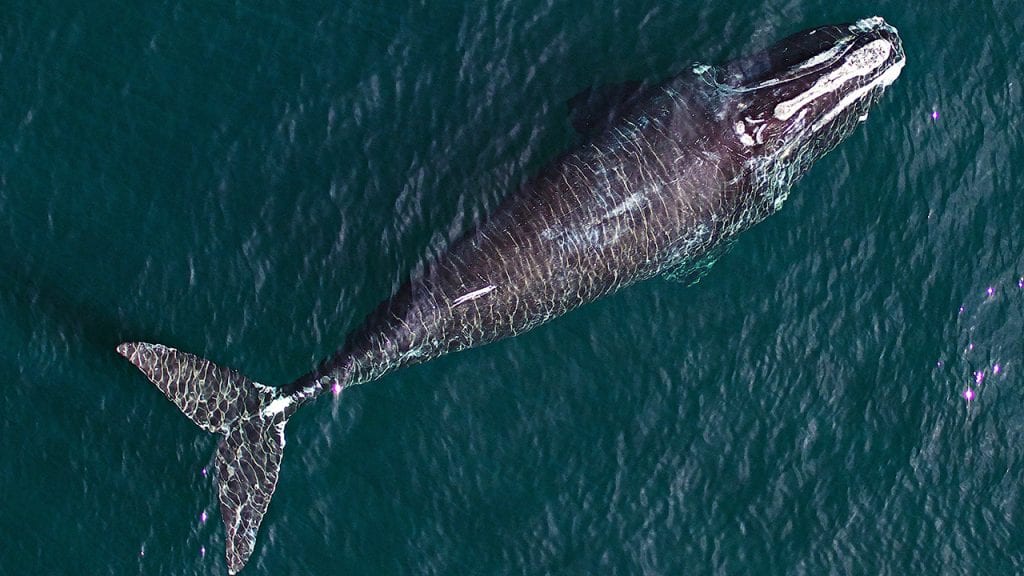Scientists used a remotely controlled hexacopter to take detailed aerial photographs of endangered right whales and to collect samples of their “blow”—the spray whales exhale out of their blowholes. In the past, researchers have used planes or helicopters to get aerial photographs of whales. A small drone with a specialized camera can get close to a whale without disturbing it, providing images of unprecedented quality and detail. The team included researchers from WHOI, NOAA, and SR3: Michael Moore, Amy Apprill, Carolyn Miller, John Durban, and Holly Fearnbach. They will use the images to assess the whales’ sizes, body conditions, and overall health. (Research approach of whales using the hexacopter was authorized by NMFS permit #17355 and flights were authorized under an MOU between NOAA and the FAA: Class G MOU #2016-ESA-3-NOAA.)(Photo courtesy of John Durban (NOAA), Holly Fearnbach (SLRRR), and Michael Moore (Woods Hole Oceanographic Institution )
Image and Visual Licensing
WHOI copyright digital assets (stills and video) contained on this website can be licensed for non-commercial use upon request and approval. Please contact WHOI Digital Assets at images@whoi.edu or (508) 289-2647.
